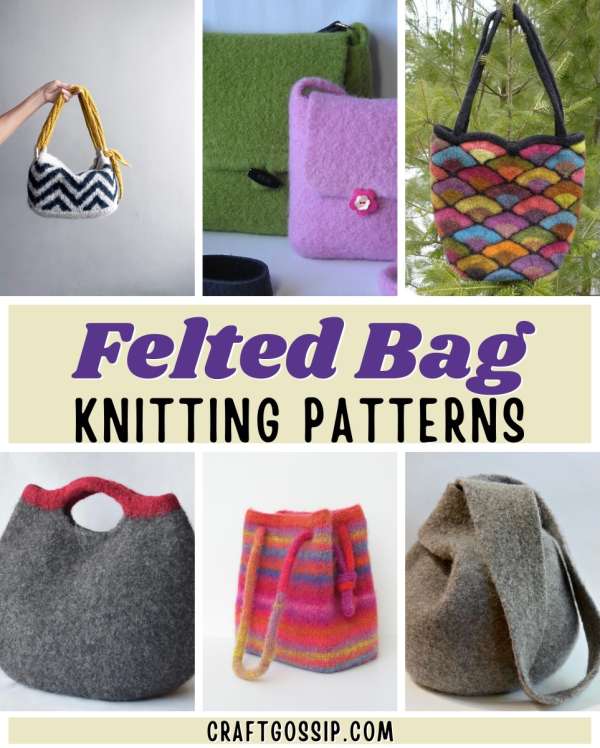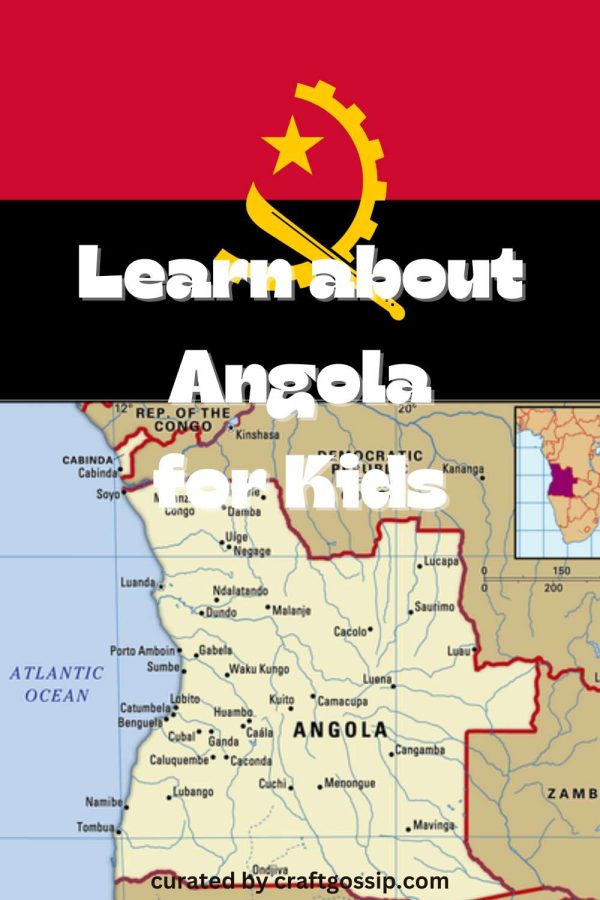 I feel like felting is a knitting genre that deserves a resurgence. My first knitting book (which came out in 2008, eek!) was all about felting, but I don’t feel like there are a lot of felting knitting projects out there these days. I really like the technique as an easy way to make a thicker, more durable knit fabric, and it’s actually perfect for knitting bags.
I feel like felting is a knitting genre that deserves a resurgence. My first knitting book (which came out in 2008, eek!) was all about felting, but I don’t feel like there are a lot of felting knitting projects out there these days. I really like the technique as an easy way to make a thicker, more durable knit fabric, and it’s actually perfect for knitting bags.
The ZZ Bag from yamagara recently caught my eye and got me thinking about felted bags, and maybe remaking one of the bags that was in that book. This one has a fun zigzag pattern and is worked in worsted weight yarn. You can find the pattern on Ravelry.
A lot of the other knit and felted bag patterns I could find were older, but that doesn’t make them bad patterns. I’ve always loved the booga bag from Black Sheep Bags (the pattern is on their website but the photo is broken so you can also check it out on Ravelry). This is a fun one because you can use all your leftovers or a self-striping yarn (the original was made with Noro) to give it a colorful look that’s super easy to knit.
An envelope purse is another easy shape to knit, and this version from Lavender Hill Knits on Etsy comes in different sizes for younger girls and teens or adults. The small version is worked with one strand of worsted weight yarn, while the larger uses two held together.
The Japanese knot bag is a classic, and a felted version is a lot of fun. You can find this pattern from Cindy Pilon on Ravelry and knit one for yourself using bulky yarn. I also love her bag The Curve, which is also on Ravelry and has a fun rounded shape and contrasting handles.
And there’s also the amazing stained glass bag from Knitting Dream, which also uses a Noro yarn, but you could use wool scraps on the different fans to give it a unique look. There are two size options to choose from and it’s not as tricky as it looks.
